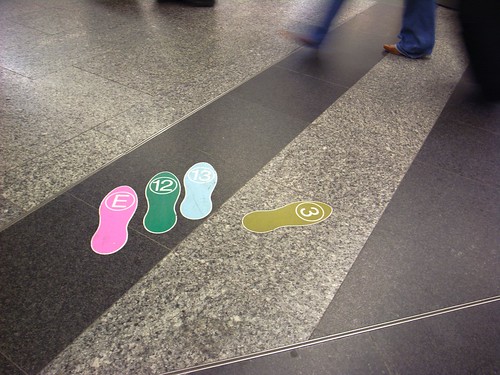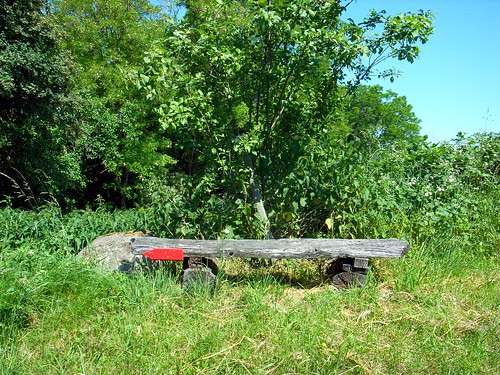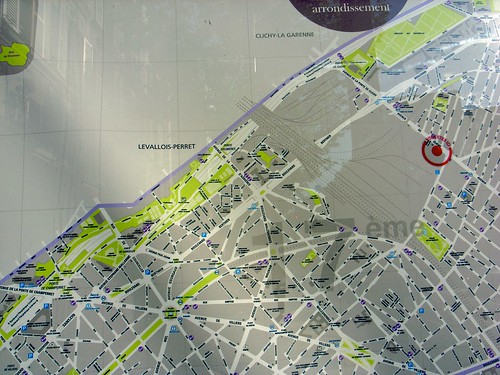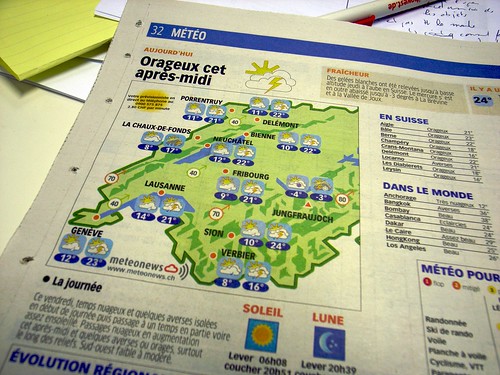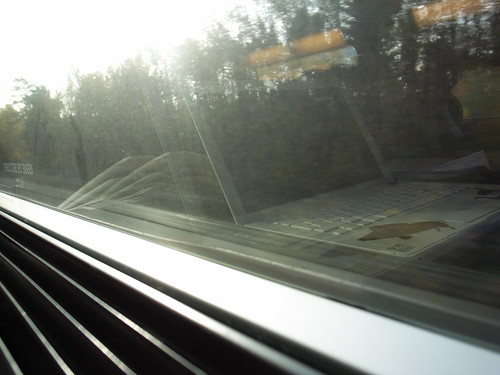Fantastic article about "Grand Theft Auto V" level design. It's a very interesting account of their process with "location scouts, architectural historians, off-duty police, DJ Pooh and our own research team." The description about how they dealt with light as well as the diversity of geographical signifier Some excerpts:
"Our process has been to block the world in quickly and then collate our reference and build out each part till we hit a good visual bar and a reasonable level of solidity. This is probably where in the past we would have stopped and finished off. Instead, we have done pass after pass of refinement for all sorts of reasons. Simply, does it look good enough? Does it play well enough? Does it feel distinctive? Does it sit well with its surroundings? Does it get across the character of the area we’re trying to create? How does it sit in terms of vistas and general sculptural composition? Do we need more color, contrast, branding, or lighting? Does it feel weathered? Does it have a sense of place and history? Can we layer story over it, whether through ambient, “generalized story” (who lives here, what have they done to the place, who lived here before them, where do they shop, what do they do for fun, do they keep their garden nice, do they have a fetish for gnomes and pink flamingos?) or whether it’s layering our actual story over it: mission detailing, filling out areas that belong to characters, random events or beats, and random characters you might meet. We take all the elements the story and mission guys add and layer more detail over the world based on it. [...] I know there are bigger games out there geographically, but I don’t think there are in terms of content. I want to stress that not only is this world huge but it’s absolutely handcrafted. Every little bit of this world has had a large number of extremely talented artists pore over it. There’s always something to discover, something weird or interesting to see or interact with. It’s absolutely not a massive, empty world. We’ve considered the placement of every tree. We’ve simply not copied buildings around the map or procedurally generated the terrain to pad it out. It’s all handcrafted, all unique, and we’ve gone over it all again and again and again to make sure there’s enough layering of detail that I don’t think many people will ever see everything we’ve put into the world. That in itself, though, means that most people will have different experiences."
I also love the way they understand the complexity of spatial experiences ("Even elements like the radio and their ads have an influence on the map.") and use these kinds of tricks in the game. Why do I blog this? Fascination towards the recreation of Californian space and the way it's addressed to engage players.

 Two weeks ago, when in California, Luke Johnson gave me this fantastic (and sort-of psychogeographic) map of
Two weeks ago, when in California, Luke Johnson gave me this fantastic (and sort-of psychogeographic) map of 

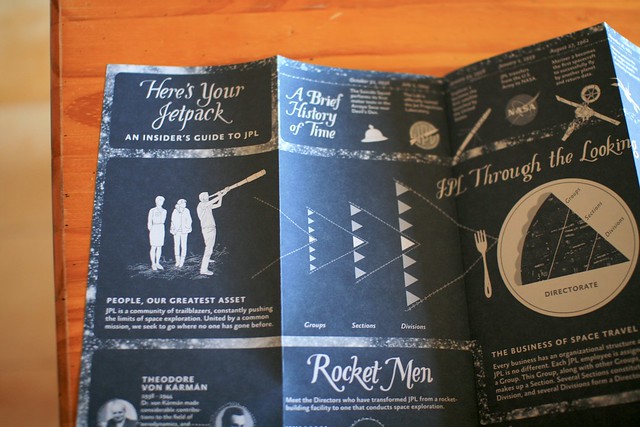

 ... or you can spot where you are based on a location people made clearly visible through touching a paper-based map... seen in Paris last week-end.
... or you can spot where you are based on a location people made clearly visible through touching a paper-based map... seen in Paris last week-end.





 For researchers and designers interested in urban informatics and architecture, the
For researchers and designers interested in urban informatics and architecture, the  (Pedestrian flows in Toulouse, France as observed in this study)
(Pedestrian flows in Toulouse, France as observed in this study) The famous drawing extracted from "Theory of the Dérive" (Théorie de la Dérive) by Guy Debord. As explained by the author:
The famous drawing extracted from "Theory of the Dérive" (Théorie de la Dérive) by Guy Debord. As explained by the author:


 Been stuck into Pacman maps and cartographic representations lately, as the one above (that represents the "strawberry and first Orange" levels. I found the one above at this
Been stuck into Pacman maps and cartographic representations lately, as the one above (that represents the "strawberry and first Orange" levels. I found the one above at this 
